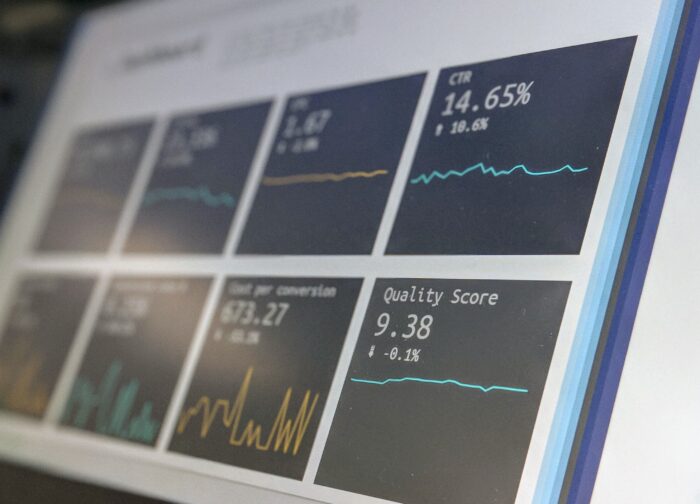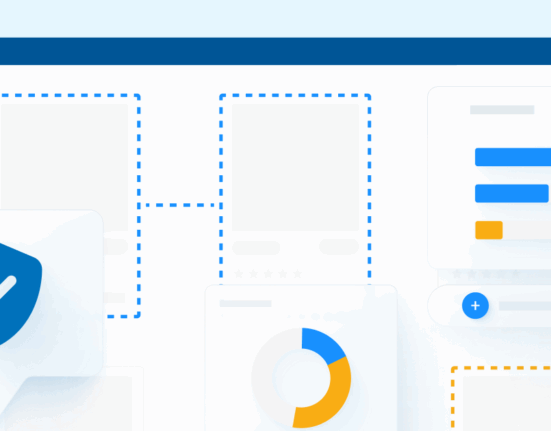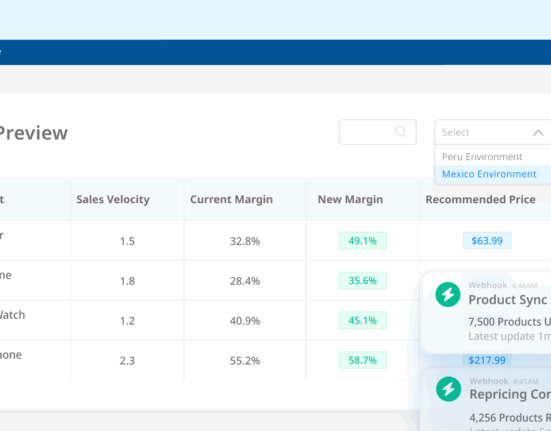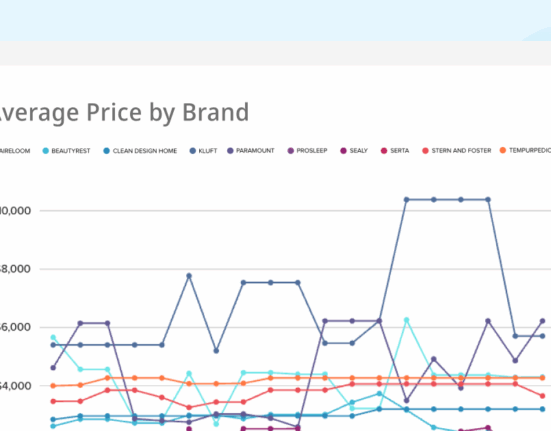For a growing business, manually monitoring competitors’ prices across multiple products and channels is not only difficult, it’s nearly impossible. But there’s no question that knowing your competitors’ prices is absolutely vital to the success of your business.
Everyone knows that the right price at the right time can increase sales, but how can you know how to price competitively if you can’t keep up with what’s going on in the market?
This is where competitor price monitoring comes in.
What Is Competitor Price Monitoring?
Competitor price monitoring, also sometimes referred to as pricing intelligence, is when a business keeps track of competitor product price changes on a regular basis. This can be monthly, weekly, or even daily.
The best way to do this is by using competitive price monitoring software. It cuts out most of the manual work and can provide real-time insights into competitor prices, products, and promotions.
Monitoring this information can help businesses form a competitive pricing strategy by providing them with all the information they need to make data-driven pricing decisions.

What Are the Benefits of Competitor Price Monitoring?
Now that you know what price monitoring is, it’s important that you understand why you should be doing it and how exactly it could benefit your business.
No. 1: Increased Market Awareness
Shoppers are always looking for the best deals and having a whole world of online retail available at their fingertips has made them quite savvy. They’re willing to spend time looking at their options and comparing different products until they find the one that’s priced just right for them.
Therefore, it’s important that businesses can optimize their prices to stay competitive, depending on the demand, season, cost of production, and other factors. A successful business will always know what’s going on with their competitors.
The right price monitoring software will track all these data points, helping retailers maximize profits and sales when the time is right.
No. 2: Improved Reaction Time
Modern businesses are constantly updating their prices to stay competitive. Having fixed prices that remain static for too long can actually lose you profits if you aren’t keeping up with the current state of the market. Some businesses are even changing their prices many times a day.
This strategy is known as dynamic pricing and involves using a flexible price for your products so you can keep up with market trends at any given time.
Dynamic pricing is especially helpful when trying to price competitively. However, this type of pricing strategy is much more effective when using a price monitoring software that can track market fluctuations and recommend prices based on current conditions.
Sure, you could technically do this manually, but it would take hours of work from multiple team members and could never truly function in real time.
The right price monitoring software allows your business to stay competitive without narrowing your profit margins.

No. 3: Data Integration
Combining competitor data with your own company performance data allows you to create a more effective multi-dimensional pricing strategy.
Maximize your revenue by refining and optimizing your pricing strategy. Repricing tools allow you to set advanced repricing rules based on multiple factors such as: competition price and inventory, time of day, sales performance, traffic, conversion rate, and more.
For example, you could set a rule that automatically reprices your product to whatever the average market price is multiplied by 1.2. Or to the average market price plus $1.50.
You can set a weighted index in a way that makes most sense for your business. The rules are customized; the implementation is automated.
Although rules can be adjusted, it also helps you to stick to a more consistent pricing strategy without making impulse decisions based on every change in the market. Plus, it ensures a profit margin no matter what price your products are.
The right price monitoring software allows your business to stay competitive without narrowing your profit margins.
No. 4: Built-in Analytics and Reporting
Get the information you need, when you need it.
Configure and export powerful reports on price trends, competitor distribution, competitor margins, and more. You can easily build up historical data which can be helpful in forecasting, seasonal planning and strategy refinement over time.
With a price history report, you can track who is changing their prices and how often.
Using this data, you can compare historical trends over several years. This can help with predicting future changes and projection mapping in order to plan quarterly or seasonal pricing strategies.
Competitor price monitoring software can give you valuable insights into your competitors’ pricing and overall business strategies, allowing you to stay a step ahead.
Investing in a strong, reliable tool like Wiser’s Pricing Intelligence can help your business increase margins, drive sales, and so much more. Make sure that the software you choose fits your business’ needs and can provide you with all the competitive insights you need to grow.
Editor’s Note: Contributing writer is Arie Shpanya. This post was originally published in December 2013 and has since been updated and refreshed for readability and accuracy.










2 Comments
Comments are closed.